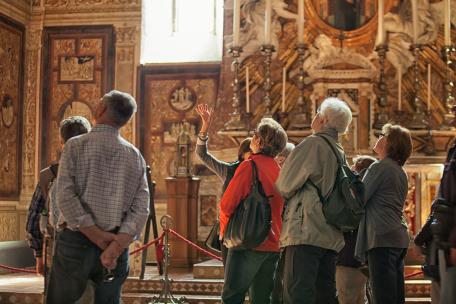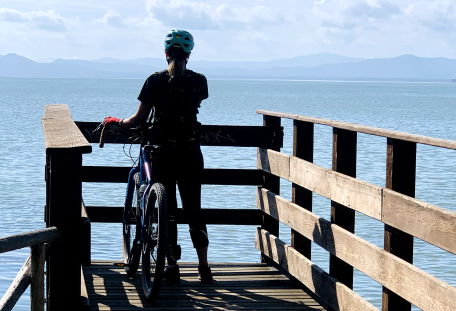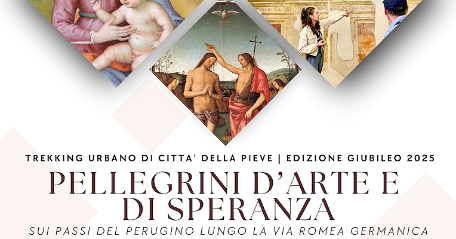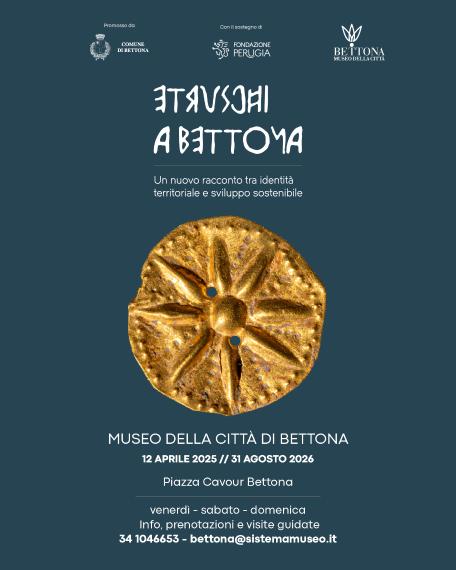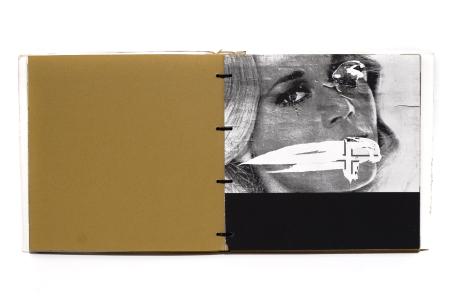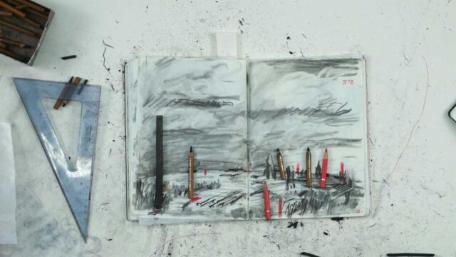04 Bike Lane of the Tiber - 04 Bike Lane of the Tiber
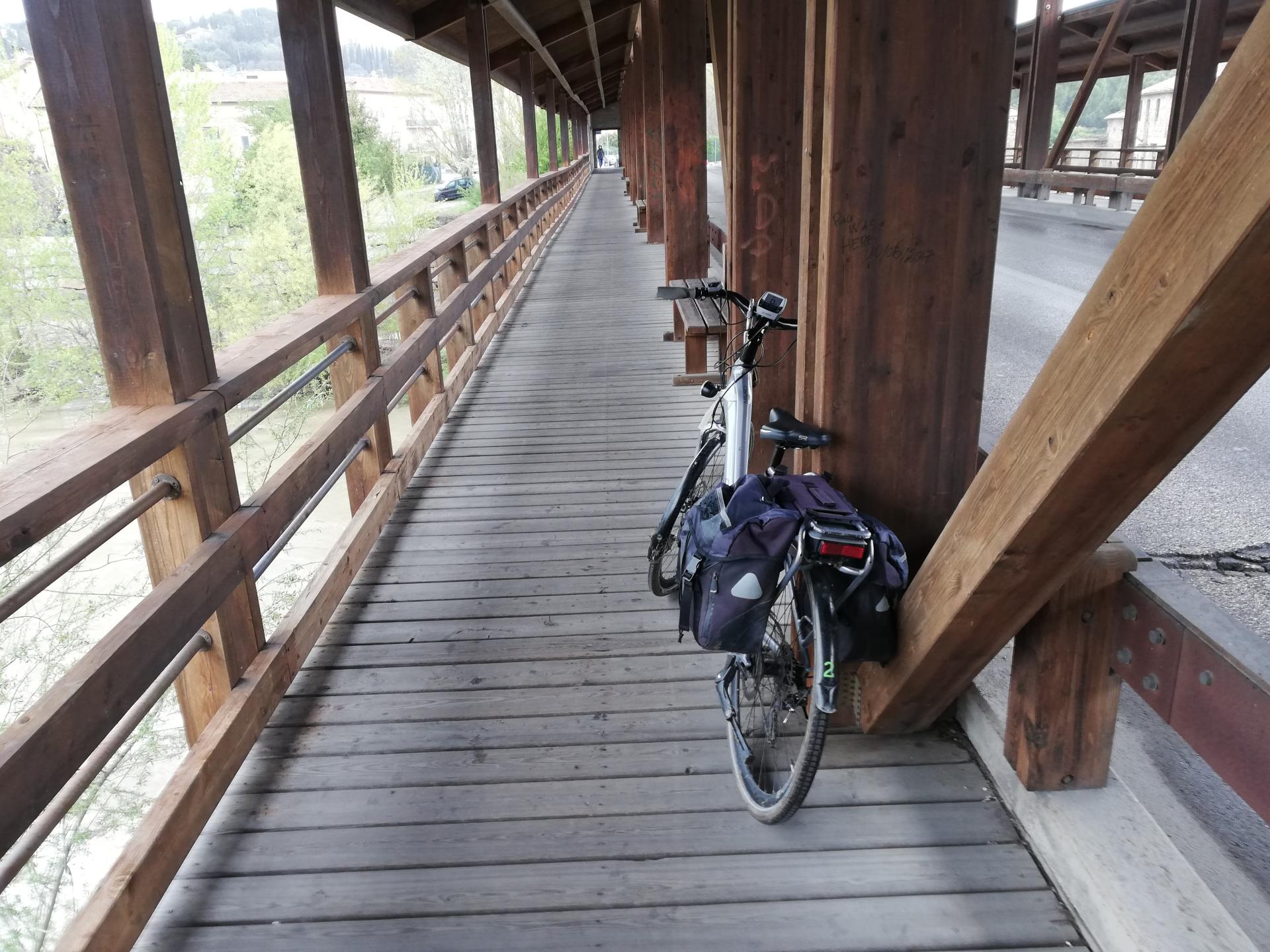
Tiber Cycle Route
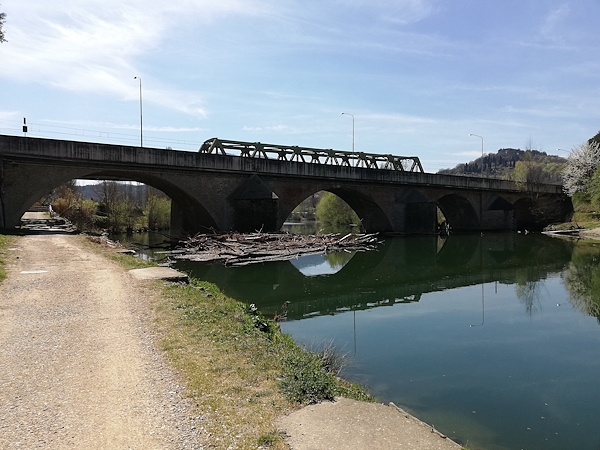

-
Positive height difference : +80m
-
Negative height difference : - 150 m
Surface: Asphalt 13.2 km (29.7%); dirt road 31.3 km (70.3%)
Signage: Yes
Recommended bikes: hybrid, MTB, E-bike
Useful information
There are no designated picnic areas along this stage, so bringing a picnic lunch is recommended. Water sources are available at the Monastery of San Simeone, and in some months of the year, also at the Fonte di San Benedetto near San Benedetto in Fundis.
In summer, make sure to fill your water bottle with at least 1.5 litres of water.
VIEW ROUTE DETAILS ON KOMOOT
This stage mostly follows dedicated cycle paths, often on its own separate route. The terrain is highly varied, ranging from paved roads to light asphalt, gravel-packed dirt roads, and compacted or grassy surfaces. Due to this diversity, the dirt sections closest to the river are only safely rideable in wet conditions with a mountain bike or gravel bike. More robust touring bikes can handle this stage only if the ground is dry.
The route reaches the most important town in the Upper Tiber Valley, Città di Castello, before continuing south along the river, through predominantly rural landscapes of cultivated fields and forests.
A small detour with a short but steep climb allows you to visit Montone, one of the most beautiful villages in Italy, before arriving in Umbertide.
- Positive height difference : +220m
- Negative height difference : -270m
Surface: Asphalt 19.8 km (48.8%); dirt road 20.8 km (51.2%)
Signage: Yes
Recommended bikes: Hybrid, MTB
Useful information
VIEW ROUTE DETAILS ON KOMOOT
Winding through ancient farmsteads, abbeys and small villages, the cycle route continues to follow the Tiber River until reaching the outskirts of Perugia, alternating between low-traffic roads and dedicated dirt paths.
If you up for a bit more of a challenge, upon reaching Ponte San Giovanni, you can ride up to Perugia’s historic centre, tackling a 5 km uphill climb with some traffic. Alternatively, you can opt for public transport, but either way, we highly recommend a visit to Perugia’s historic centre.
Notable landmarks include the Etruscan Arch, the San Pietro and San Francesco al Prato complexes, the National Gallery of Umbria, Palazzo dei Priori, and the Fontana Maggiore. The many historic palaces, the numerous venues where you can savour local specialities, and the lively cultural scene make for a fitting conclusion to this itinerary.
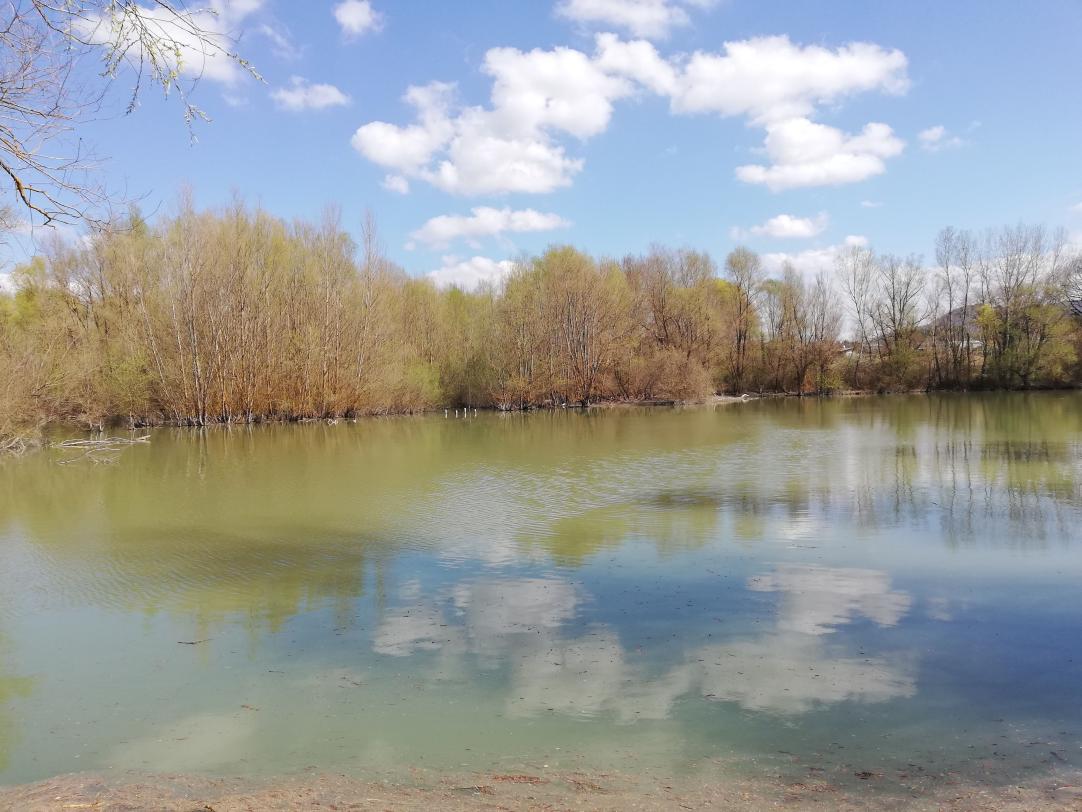
Tiber River
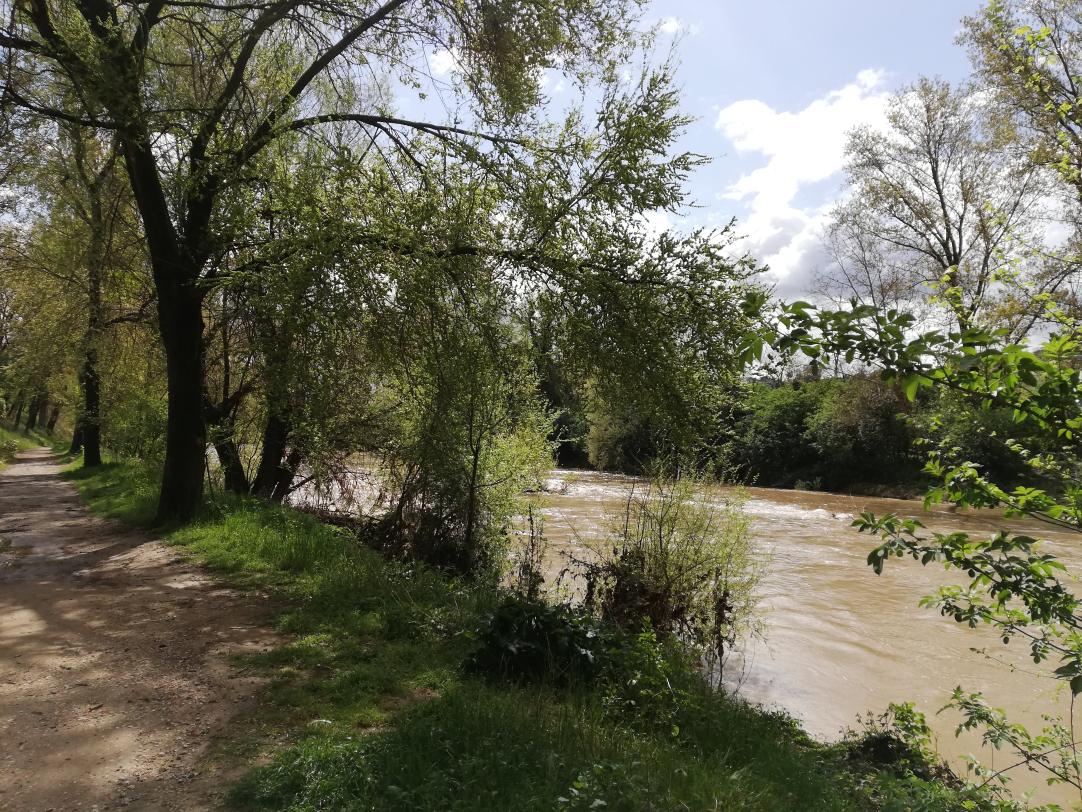
Tiber Cycle Route
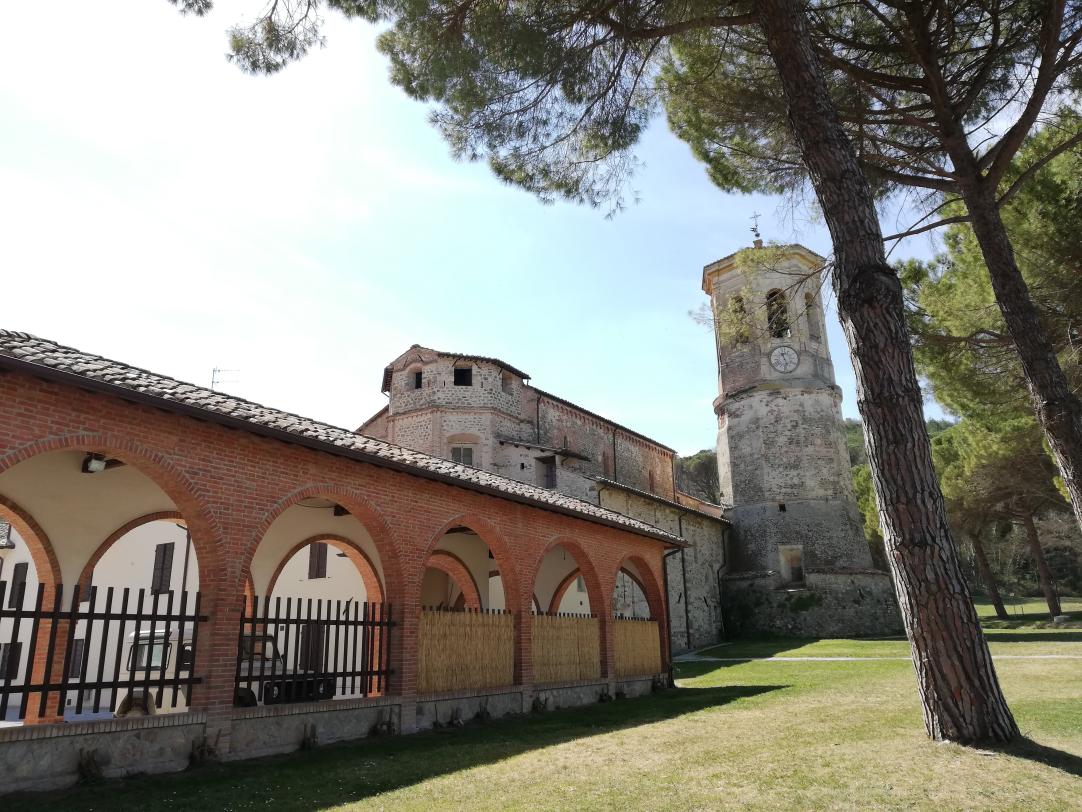
Abbey of Monte Corona
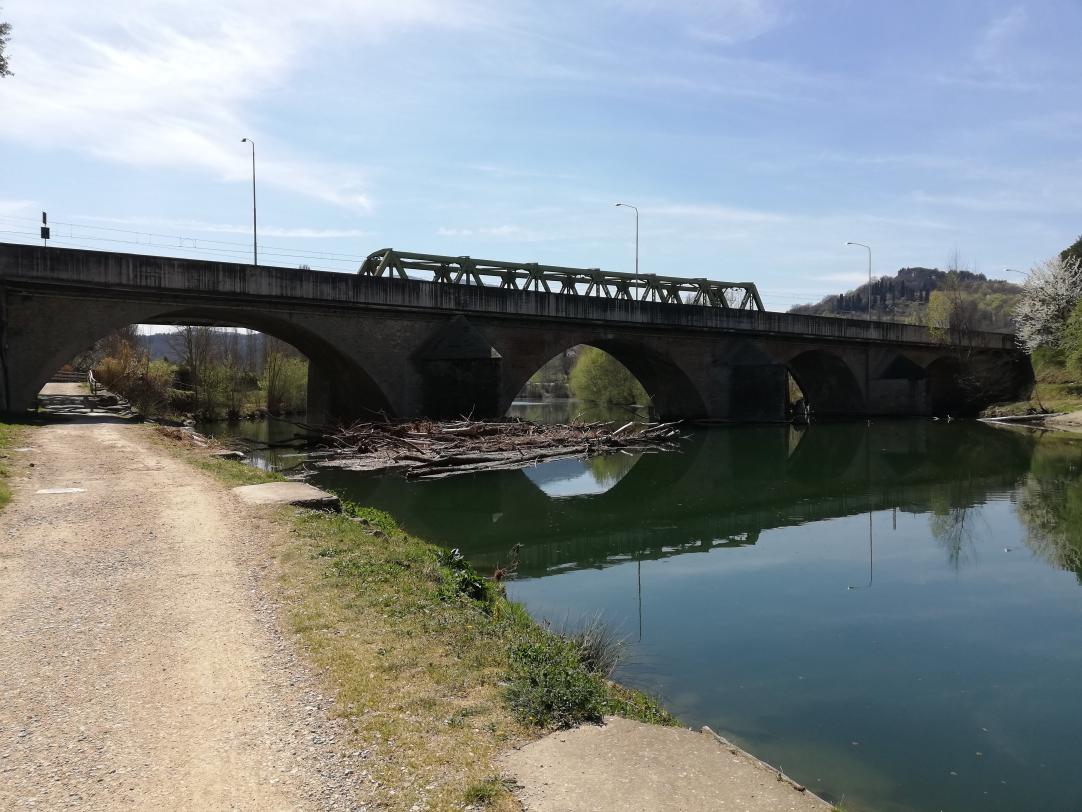
Tiber Cycle Route
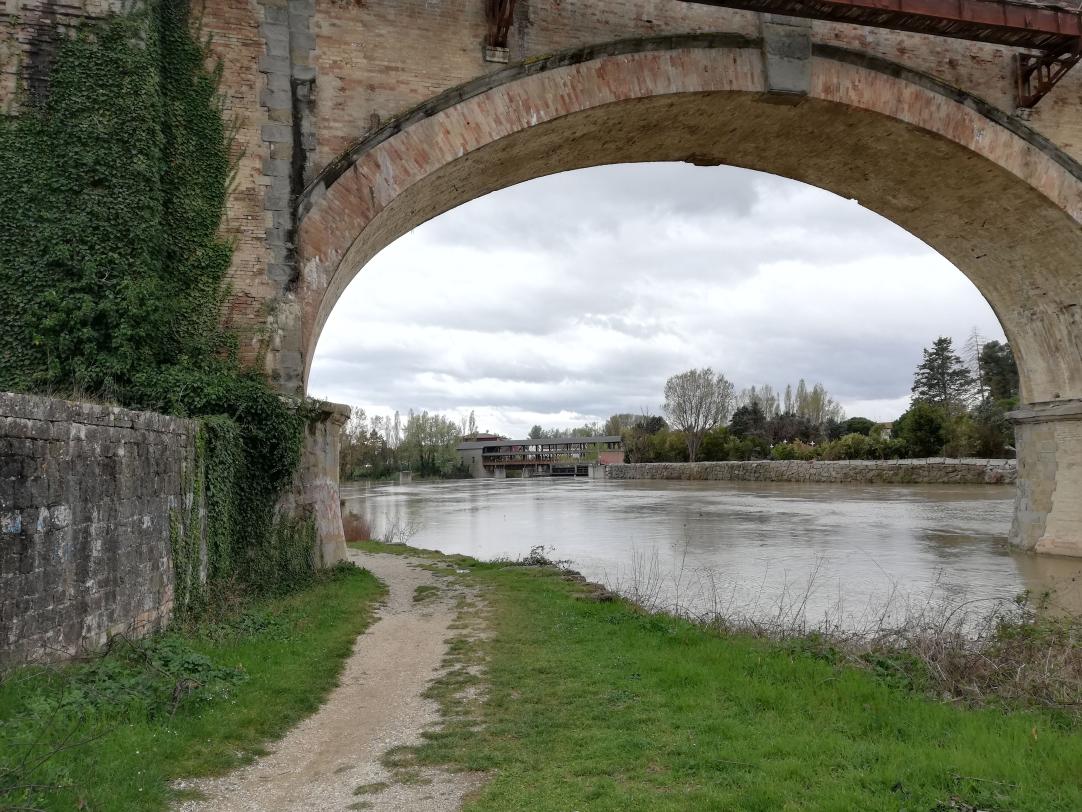
Railway Bridge










